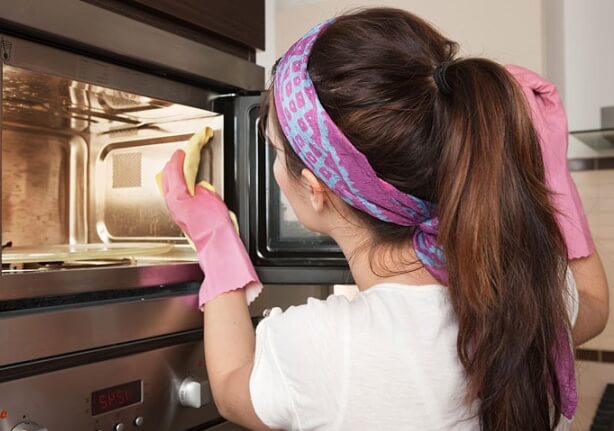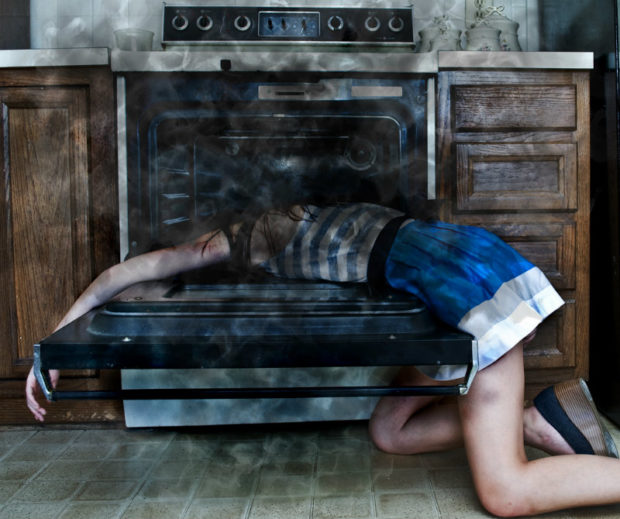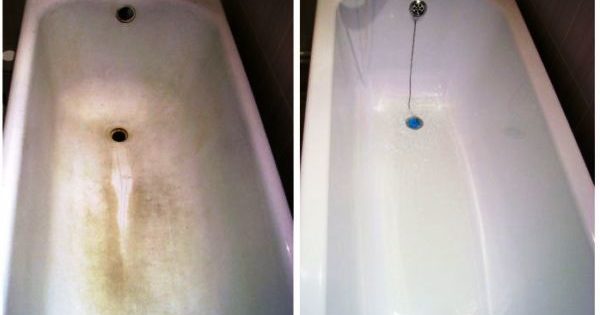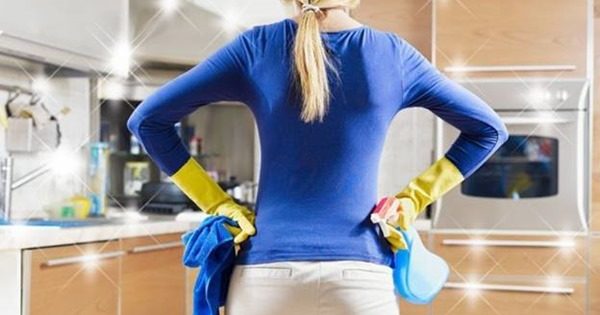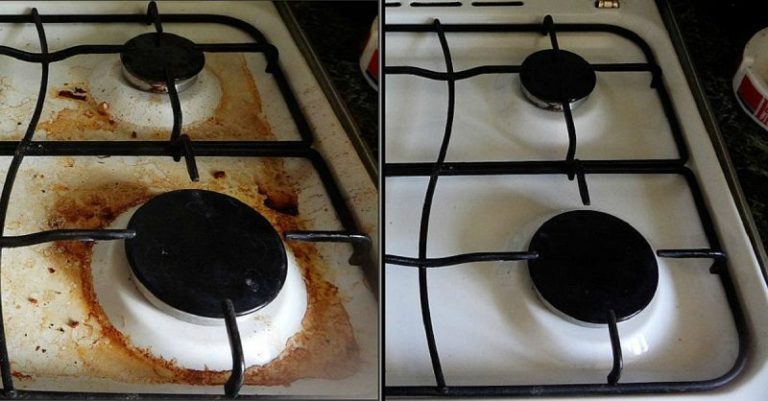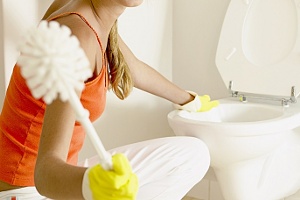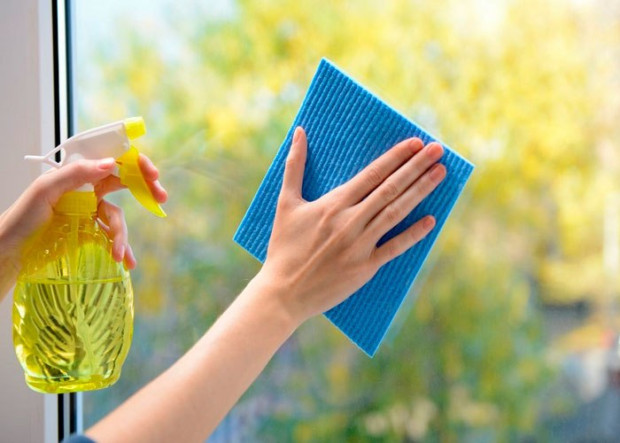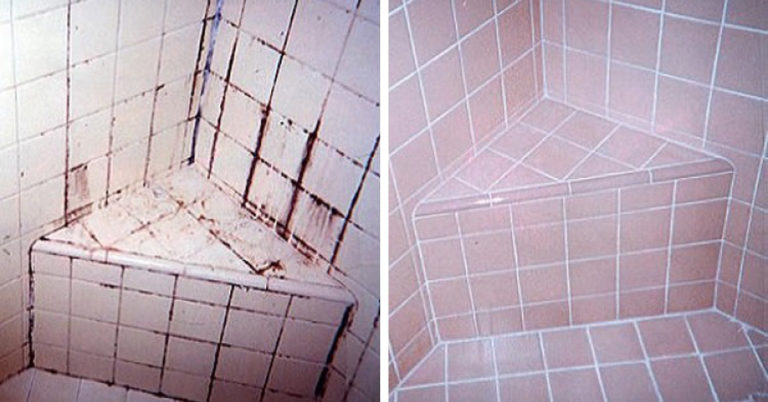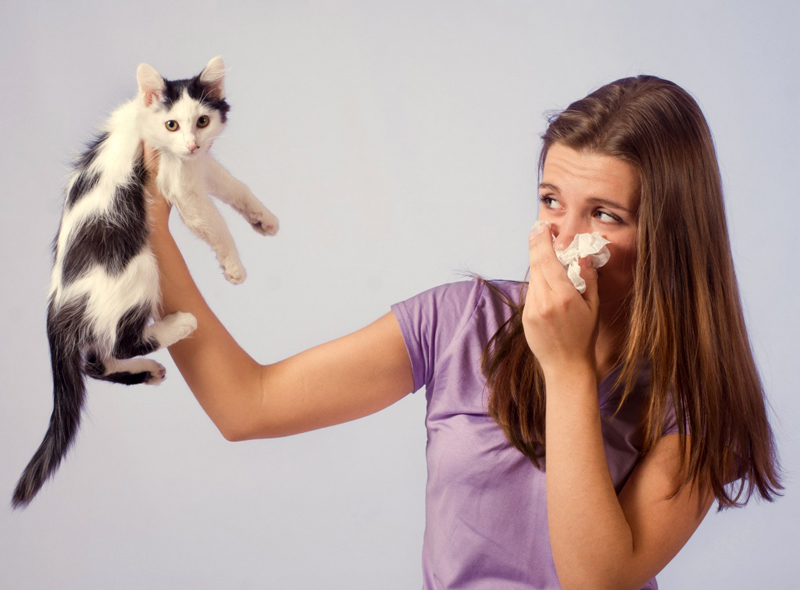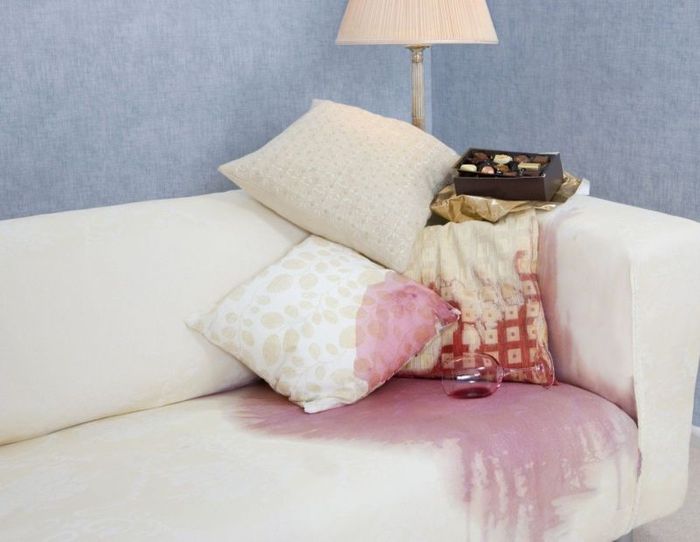50 tips on how to wash your refrigerator inside and out
Any household appliance needs regular cleaning and maintenance. This is especially true for those devices that are in direct contact with both cooked food and raw foods. The most common question for housewives is how and how to wash the refrigerator inside and out from various types of pollution and eliminate unpleasant odor. In the article, we have collected the most effective tips that will help eliminate traces mold, rust, grease and soot, yellowness, sticker prints, marker and pen. We will also figure out how to wash rubber seals and how to refresh and restore the former purity and whiteness of an old refrigerator.
Preparation and washing rules
Any process has one or another sequence, following which it will be possible to significantly simplify the task and reduce the time required to complete it.  And so algorithm for proper washing of the refrigerator includes several key points:
And so algorithm for proper washing of the refrigerator includes several key points:
- Plan washing your refrigerator in advance. This is necessary in order to have time to eat or cook all perishable foods that are stored in it and thereby free up the internal space;
- Remove the entire contents of the refrigerator and defrost the appliance according to the instructions;
- Raise all removable elements - shelves, stands for storing eggs, bottles, containers for vegetables and fruits, etc .;
- Type in a deep basin or just in a bath of warm water, add a little detergent for dishes or grated laundry soap and soak all the removed items. Let for a while, as you wash the refrigerator inside and outside, they “turn sour” a little. Soiled soiling will be much easier to wash. Note, that plastic and glass shelves and other details must be soaked with warm, not hot water. Exposure to boiling water can lead to cracking of the material;
- After that, prepare a warm soapy solution and using a soft sponge, pre-wipe the refrigerator inside and out, paying special attention to all the bends, corners and ribs. Hard-to-reach spots can be washed with cotton buds or a gauze swab.
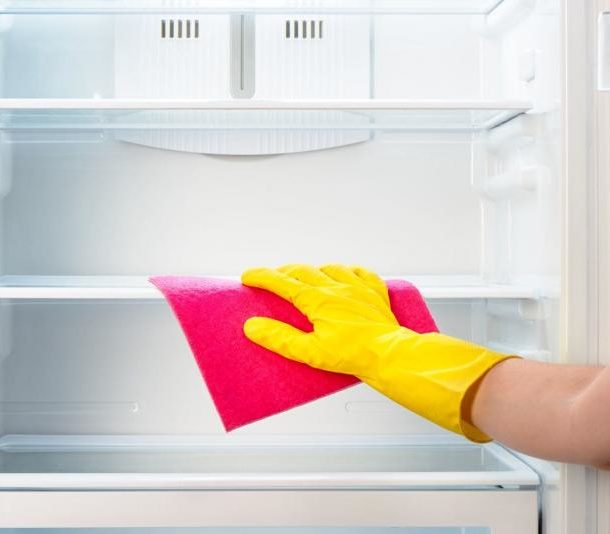 After light impurities have been removed with soapy water, you should proceed to a more thorough cleaning of the unit. Given the fact that many housewives do not like to use household chemicals to wash the refrigerator, we consider all possible folk remedies, which will help to remove certain stains.
After light impurities have been removed with soapy water, you should proceed to a more thorough cleaning of the unit. Given the fact that many housewives do not like to use household chemicals to wash the refrigerator, we consider all possible folk remedies, which will help to remove certain stains.
How to wash a new refrigerator
Before you turn on a new refrigerator for the first time after purchase, and even more so load products into it, you must wash it. 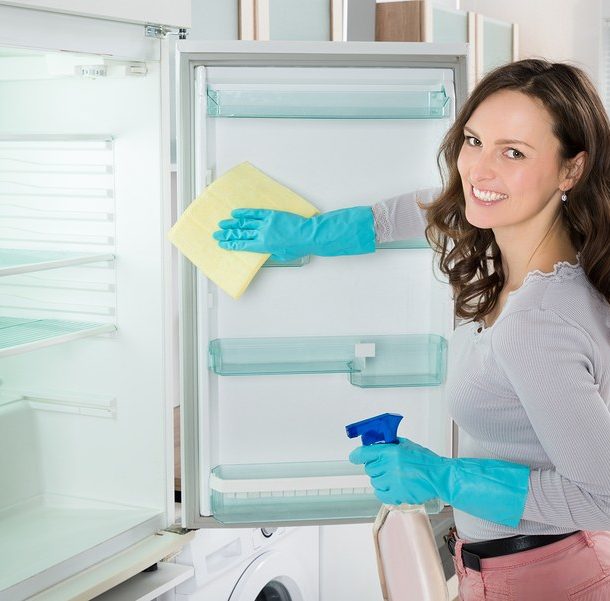 Since the new equipment does not have any special contaminations, in addition to a layer of dust, it is enough to carefully walk along the outer and inner surfaces with a soft sponge moistened warm soapy solution. The same should be done with all internal shelves, drawers, and other removable items.
Since the new equipment does not have any special contaminations, in addition to a layer of dust, it is enough to carefully walk along the outer and inner surfaces with a soft sponge moistened warm soapy solution. The same should be done with all internal shelves, drawers, and other removable items.
In addition to noticeable contaminants, industrial refrigerators may be present on the surface of the new refrigerator. chemical reagents and various bacteria After all, before you get to your house, the equipment went through a long assembly process, stored in a store and transported. Sanitize unit can:
- A soft cloth moistened with alcohol or vodka;
- Vinegar solution. It is bred with clean water in a ratio of 1: 3;
- Soda solution. For its preparation, it is necessary to dissolve 1-2 tablespoons in warm water. baking soda and mix until the particles dissolve.
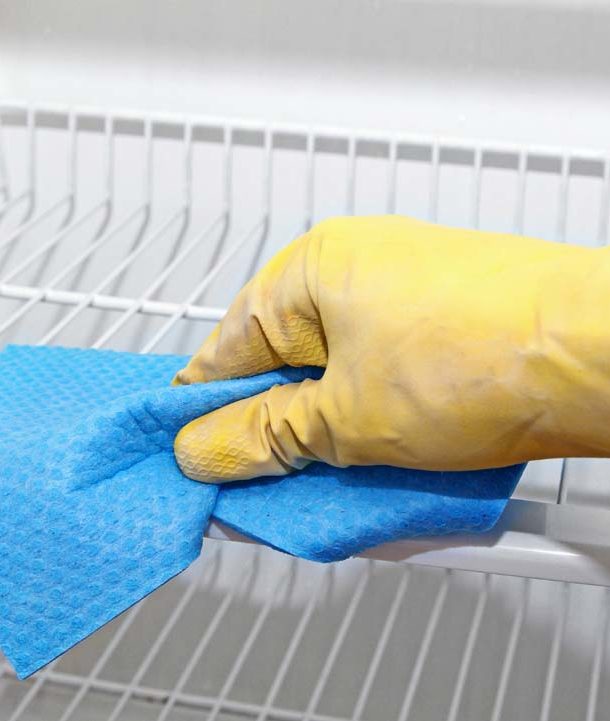 After wiping the technique with the chosen product, allow the liquid to dry naturally, rinse with clean water and only then wipe it with a dry, clean cloth. After washing, it is recommended that you leave the refrigerator door open for 30 minutes. - 1 hour to evaporate the odor if the disinfection was carried out using vinegar. Now the refrigerator is ready to use.
After wiping the technique with the chosen product, allow the liquid to dry naturally, rinse with clean water and only then wipe it with a dry, clean cloth. After washing, it is recommended that you leave the refrigerator door open for 30 minutes. - 1 hour to evaporate the odor if the disinfection was carried out using vinegar. Now the refrigerator is ready to use.
How to wash the refrigerator outside
The outer surface of the refrigerator is subject to pollution no less than the inner. In the process of cooking, we can open the door with not quite clean or dry hands, if the refrigerator is installed next to the sink, drops of water and soapy solution will inevitably fall on it, proximity to the stove will ensure droplets of fat, etc.
In the process of cooking, we can open the door with not quite clean or dry hands, if the refrigerator is installed next to the sink, drops of water and soapy solution will inevitably fall on it, proximity to the stove will ensure droplets of fat, etc.
- Since the outer surface does not come in contact with food, to clean it can be used Not only soda, vinegar, soap solution, but also household chemicals;
- It will be much faster and less troublesome to remove fresh, not yet dried soap drops and other impurities. To do this, moisten a soft sponge in the selected product and carefully rub individual places. In no case do not use the hard side of the sponge and especially metal washcloths. If the surface of the refrigerator is glossy, in places of friction it can become noticeably duller due to the formation of many small scratches;
- If necessary eliminate fingerprints, use a regular glass cleaner;
- If the prints are greasy drip a drop of detergent for dishes on the sponge and foam well, then wipe with a clean cloth and wipe dry;
- On a stainless surface, any dirt, drops and drips are much more noticeable. Yes, and after washing it may remain streaks from detergent facilities. To avoid this, you need to wash off the detergent composition several times, preferably not with a sponge, but with a soft cloth, and then immediately wipe it dry with microfiber cloths;
- Rub stainless steel surface you need either left-right or up-down movements, depending on the direction of the material fibers. So you give her the desired sheen;
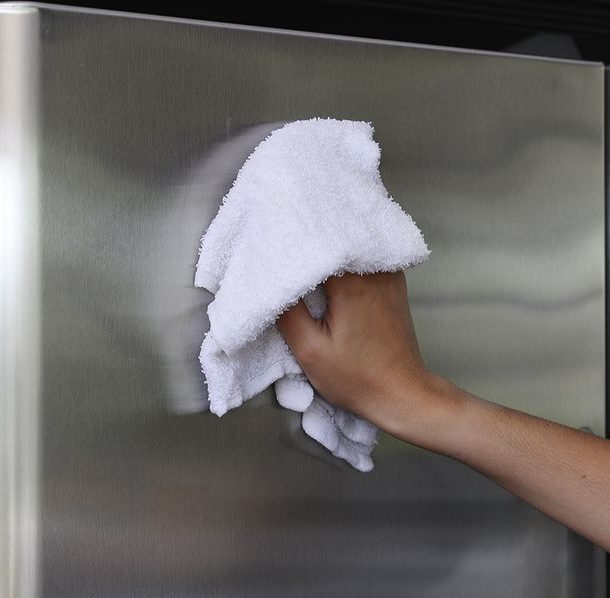
- After polishing, you can use oil to polish the outside of the stainless steel after washing. A few drops are applied to a soft cloth and rubbed on the refrigerator. But keep in mind that even the thinnest, non-palpable oil layer accumulates pollution much faster;
- If the stains are persistent, apply a small amount of toothpaste to the stain, wait 10 minutes and rub the stain with the soft side of the sponge. Toothpaste contains very soft abrasive substances that cannot leave marks on a glossy surface;
- Another unusual way is to using apple cider. A glass of drink is mixed with a glass of clean water and the liquid is applied to the stain. If the stains are persistent, leave the product for several minutes.
Wash the yellowness inside and out
The plastic from which the refrigerator’s inner chamber is made eventually loses its snow-white appearance and begins to turn a little yellow. 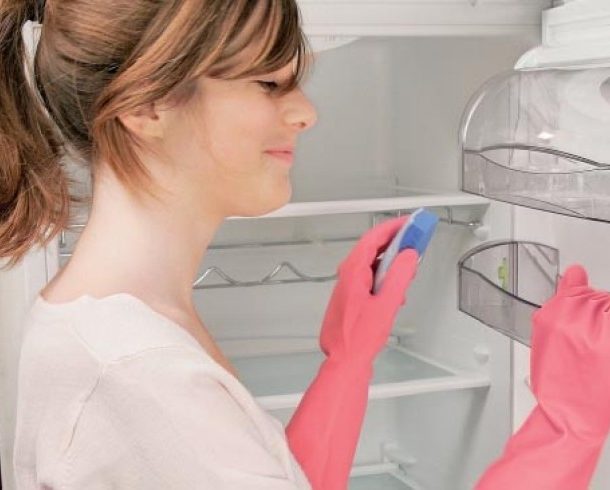 Yellowness inside may appear due to the fact that small pieces of food, drops that were not wiped off in time and other contaminants are eaten into the surface layers plastic.
Yellowness inside may appear due to the fact that small pieces of food, drops that were not wiped off in time and other contaminants are eaten into the surface layers plastic.
Yellowness outside appears often due to changes in the structure of the material.These processes can be caused by constant exposure to direct sunlight. In addition, the cause of yellowing may be the poor-quality composition of the material itself. You can also try restore original color using the following simple tools:
- Laundry soap - will help to cope with yellowness, if the cause of its formation was a greasy plaque. Half of the bar should be grated on a coarse grater. Pour soap shavings with warm water and allow to dissolve completely, stirring occasionally. It should turn out to be a rather thick gruel. It must be applied to the sponge and carefully rub the yellowed areas. To achieve a better effect, the remaining slurry is distributed evenly over problem areas and left to act for 30 minutes. After that, the surface is again wiped with a sponge, washed with clean water and wiped dry;
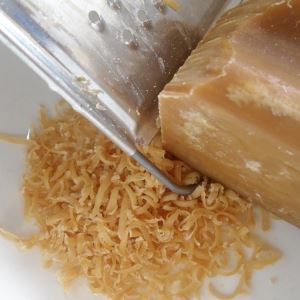
- A stronger tool is alcohol. Moisten a cotton pad in regular medical alcohol and rub the surface. Do not rub in one place for too long and with great effort, if the plastic is already old, in the place of exposure it can begin to dissolve. In the future, such a place will be polluted twice as fast;
- Yellowness can also be removed with vinegar. Only not the dining room, but 70-80% vinegar essence. This substance is very caustic and odorous, so be sure to open the window and put on rubber gloves before handling. A cotton swab or gauze swab is moistened in the essence and the traces of yellowness are treated. Then washed with clean water and wiped with a dry cloth;
- If the spots are small and barely noticeable, you can try to eliminate them with lemon juice. It is applied to a cotton pad and processed problem areas;
- A good whitening agent is toothbrush mix paste and ammonia. To prepare it, you need to squeeze a small amount of toothpaste onto a sponge and gently spread it, add a couple of drops of ammonia on top. After surface treatment, it is washed, wiped dry, and the door is left to air;
- Steady yellow spots are affected by hydrogen peroxide. It is moistened with a cotton pad and thoroughly wiped the surface at least 3 times. After washed with water and wiped;
- Remove yellow from the outside of the refrigerator it is possible by any means, except acidic and abrasive.
How to wash rubber seals
Very often, liquid spilled inside the refrigerator drains and enters the sealing gum. 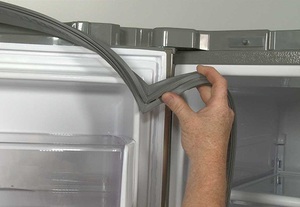 Also, small pieces of food, crumbs and other particles of food can gather there, which eventually begin to rot and emit an unpleasant odor. The degree of fit of the refrigerator door directly depends on the condition of the seals. If in some places the seals are removed, the cold from the chamber will pass out. Because of this, the temperature inside the unit may be insufficient, which will lead to premature spoilage of products and even failure most technicians. It is necessary to wash the gum very carefully so as not to damage them, and use only mild cleaning products:
Also, small pieces of food, crumbs and other particles of food can gather there, which eventually begin to rot and emit an unpleasant odor. The degree of fit of the refrigerator door directly depends on the condition of the seals. If in some places the seals are removed, the cold from the chamber will pass out. Because of this, the temperature inside the unit may be insufficient, which will lead to premature spoilage of products and even failure most technicians. It is necessary to wash the gum very carefully so as not to damage them, and use only mild cleaning products:
- The best remedy remains soap solution;
- Sanitize the surface can be using a solution of baking soda;
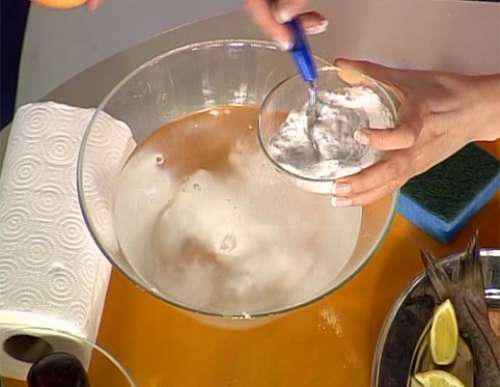
- It is also possible to treat rubber parts with ammonia;
- After cleaning, the surface is washed with warm clean water and must be rubbed with a dry cloth;
- If during cleaning you notice that the sealant has lost its former elasticity, cracked and begins to crumble, you need to treat it with glycerin. In advanced cases, the seal must be replaced;
- Do not wash rubber with vinegar and other acids, they can destroy the structure of the material.
Get rid of bad smell
If the refrigerator is not washed on a regular basis, the contaminants are not removed immediately or some products disappear during storage and a persistent unpleasant odor forms inside the chamber.  Especially difficult is the situation with the elimination of the smell of spoiled meat, but there is several effective ways:
Especially difficult is the situation with the elimination of the smell of spoiled meat, but there is several effective ways:
- Surface treatment ammonia. The gauze cloth is moistened in ammonia and thoroughly wiped the entire contents of the refrigerator, including all its bends, shelves, trays and containers. After processing, it is advisable to leave the door open for the whole night for weathering. During cleaning, be sure to wear rubber gloves and open the window for ventilation;
- FROM the smell of rotten meat ordinary vinegar will help to cope. 9% vinegar is diluted with warm water in a ratio of 1: 1. Wipe all surfaces with a sponge or cloth moistened with acetic solution, washed with clean water and wiped dry;
- If you drink natural coffee, do not rush to throw away coffee grounds. It perfectly absorbs unpleasant odors and, thanks to its softness, serves as a delicate abrasive to remove light impurities. Wet coffee grounds are applied to the sponge and wiped on the surface, after which the remaining grains are washed off with a soft, clean cloth. Also, coffee grounds can be put on a saucer and left inside the refrigerator after it has been cleaned for several hours;
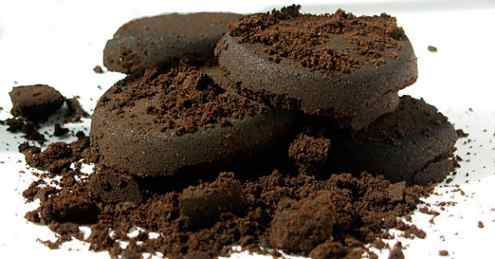
- You can leave in the refrigerator at night pieces of brown bread or saucer with pills activated carbon;
- A gauze bag left overnight with rice or a glass of food soda also absorbs unpleasant odors. Instead of soda, you can use vanillin;
- Lemon juice, diluted with water in a 1: 1 ratio is also an effective destroyer of various undesirable odors.
We wash the mold
Mold in the refrigerator is not always noticeable immediately, but if there is a characteristic musty smell and there are no spoiled products, this may indicate the beginning of the process of its formation. 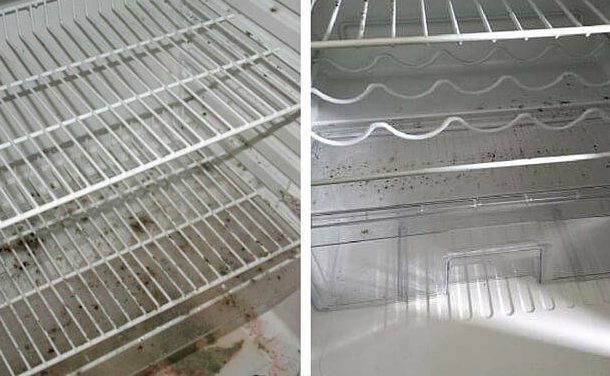 In fact, mold is a fungus that quickly forms and spreads in humid spaces devoid of ventilation. Accurate evidence of her appearance are black or dark gray spots eliminate which you need as quickly as possible. Mold can cause allergies and respiratory infections. Purchased chemicals designed to kill mold cannot be used to wash the inside of the refrigerator, as it contains chlorine. This substance must not be combined with food storage areas due to its toxicity. Use folk remedies:
In fact, mold is a fungus that quickly forms and spreads in humid spaces devoid of ventilation. Accurate evidence of her appearance are black or dark gray spots eliminate which you need as quickly as possible. Mold can cause allergies and respiratory infections. Purchased chemicals designed to kill mold cannot be used to wash the inside of the refrigerator, as it contains chlorine. This substance must not be combined with food storage areas due to its toxicity. Use folk remedies:
- Treat the affected area hydrogen peroxide;
- Cook soda solution. Stir a teaspoon of soda in warm water and rub the mold well with a sponge dampened in the resulting solution;
- Dampen a cotton pad with the canteen vinegar and treat the affected areas. Then rinse with clean water;
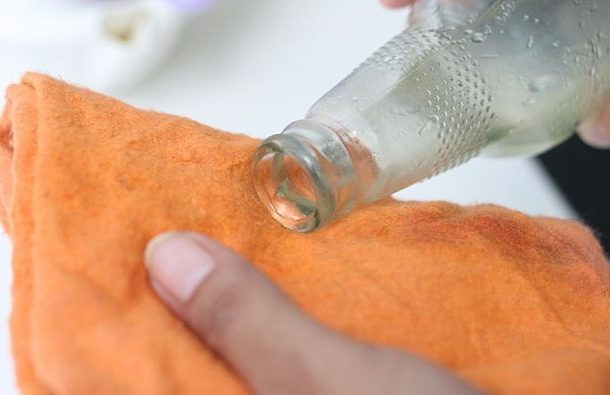
- Natural help essential oils tea tree or monarda. A couple drops of oil should be dissolved in a glass of warm water. This product is an excellent disinfectant.
Any of the funds should be left on the affected area for at least 30 minutes. During this time, the fungus should die. After that, the surface can additionally be washed with soapy water.
Eliminate drops of fat and soot
It is easier to wipe off grease from the outside or inside of the refrigerator than other types of dirt. 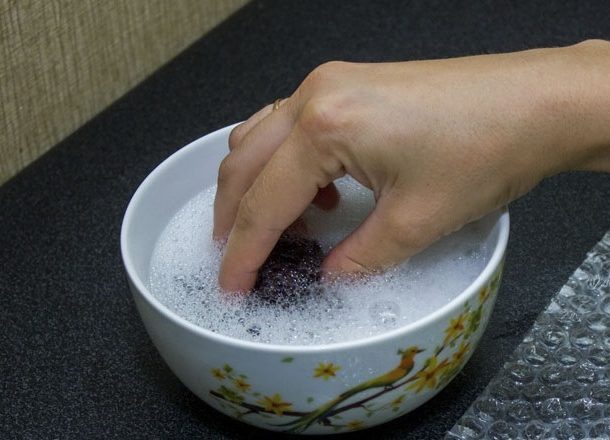 If the fat layer has already hardened, it must be pre-soak using a warm soapy solution. In advanced cases, you can leave the solution in problem areas for some time to better soak the fat.
If the fat layer has already hardened, it must be pre-soak using a warm soapy solution. In advanced cases, you can leave the solution in problem areas for some time to better soak the fat.
After that, the refrigerator is thoroughly wiped with a soft sponge. If spots are still visible in some places, you need to act on them locally. You can apply:
- a solution based on soda or vinegar;
- dishwashing detergent;
- household chemicals designed for washing ovens.
How to wipe off glue, traces of adhesive tape and stickers
Very often, after removing factory or decorative stickers from the surface of the refrigerator, especially if they have been there for a long time, traces of glue remain. 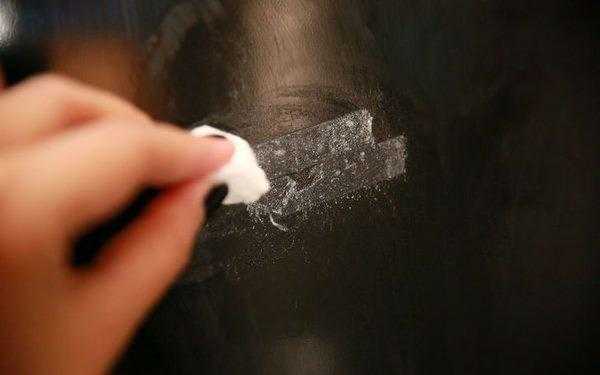 If at the same time adhesive layer was old, it will be impossible to wipe it with a normal soap solution. Use the following tools:
If at the same time adhesive layer was old, it will be impossible to wipe it with a normal soap solution. Use the following tools:
- Before peeling off the sticker or paper label, soak it in hot water. Just moisten its surface with a sponge and repeat the procedure several times after 5 minutes. After the upper layer is soaked, it can be rubbed with the hard side of the sponge. So you can remove the sticker without a trace;
- The remaining glue is wiped off with a nail polish remover, solvent or alcohol. Preliminary, we recommend that you wipe the surface with a solvent in an inconspicuous place and make sure that it does not fade;
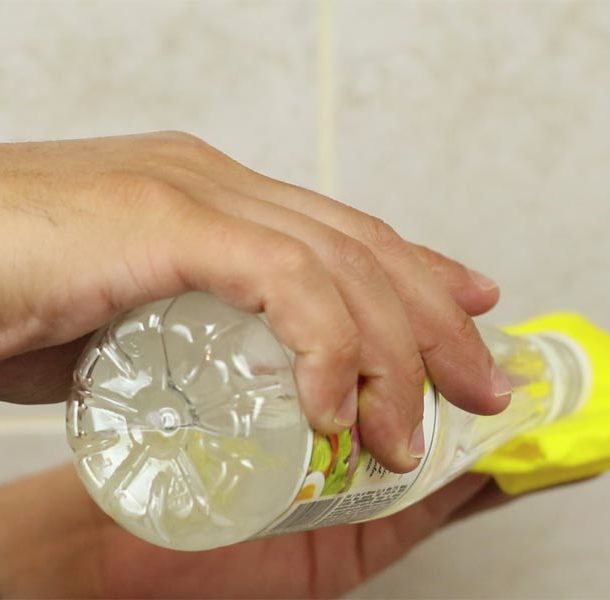
- Dampen the glue residue with vinegar or vegetable oil, leave for 5-10 minutes, then wipe with a soapy sponge;
- Glue can be softened by heating with an ordinary hairdryer. After it is rubbed with a soapy sponge or alcohol.
We wash the marker or pen
If your house has small children, then the problem of painting surfaces, and any, with markers, felt-tip pens, pens and other writing equipment, is probably close to you. 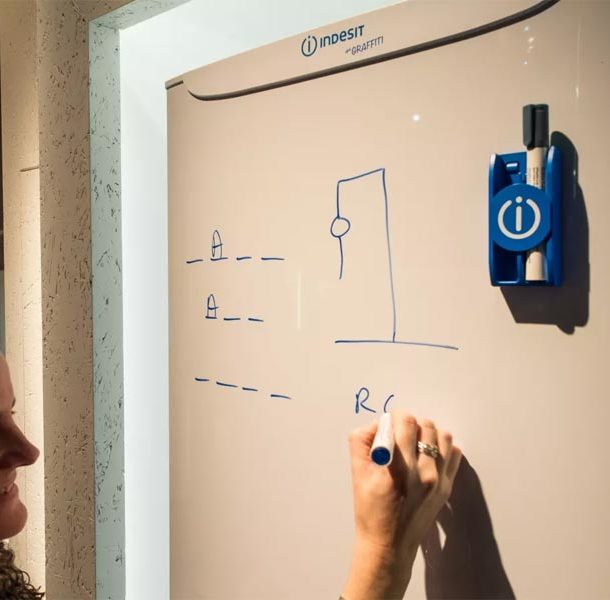 To remove traces of the marker from the refrigerator, you must first of all to find out, on which he basis - water, alcohol, oil or acrylic. This is indicated on the label. The most difficult to deduce is a permanent marker or felt-tip pen. The faster you start cleaning, the more likely it is to remove ink without a trace:
To remove traces of the marker from the refrigerator, you must first of all to find out, on which he basis - water, alcohol, oil or acrylic. This is indicated on the label. The most difficult to deduce is a permanent marker or felt-tip pen. The faster you start cleaning, the more likely it is to remove ink without a trace:
- Marker on water based erased with ordinary soapy water;
- Alcohol Based Marker rubbed with alcohol. But first check in an inconspicuous place how alcohol will affect the enamel;
- If does not help - try a white spirit type solvent;
- Before exposure to solvent, try to wipe the ink with toothpaste;
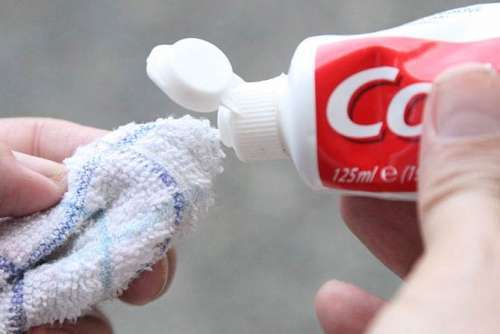
- Aggressive agent - WD-40.
Why a tea bag in the refrigerator
Many housewives wonder - why store used tea bags in the refrigerator? After all, such recommendations are found in some forums, and there are corresponding pictures on the Internet. 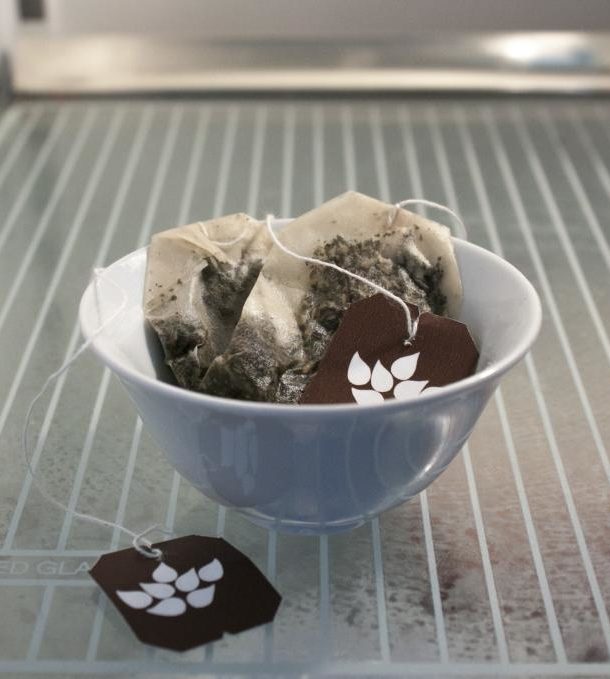 Everything is very simple - used tea bag perfectly absorbs unpleasant odors. The bag must be dried before being placed in the chamber. If you update the bags every week, the effect will be much better.
Everything is very simple - used tea bag perfectly absorbs unpleasant odors. The bag must be dried before being placed in the chamber. If you update the bags every week, the effect will be much better.
How to bleach an old refrigerator and wash rust
You can return the former whiteness to the old refrigerator. 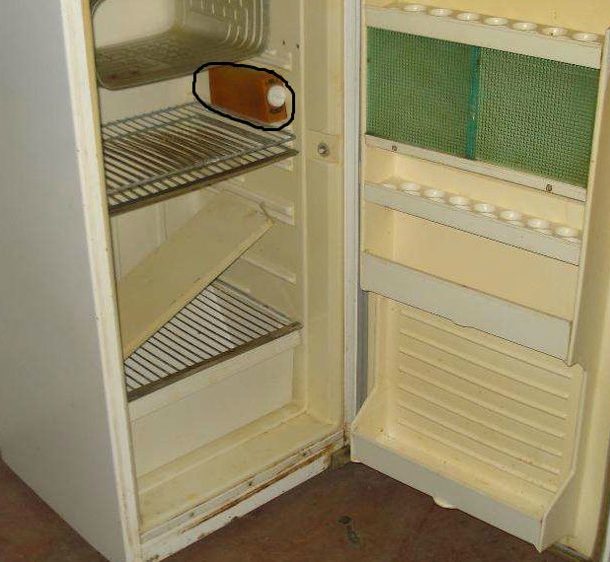 Using the following formulations:
Using the following formulations:
- Peroxide + clarifier for hair. To enhance the effect of peroxide, mix it in equal proportions with any bleach for hair and apply on yellow spots for 10-15 minutes;
- Acetone is a fairly aggressive tool. Apply it immediately to the entire surface is not worth it. Start with inconspicuous places. Moisten a cotton pad or gauze in acetone and apply to the stain for 5-140 minutes, rub and rinse thoroughly;
- Washing powder + soda. Mix in equal proportions two substances (1 tablespoon each) and dissolve in 0.5 liters of warm water. Apply to the surface and leave to work for 6-8 hours;
- Car cosmetics. On sale there are special tools for car interior care. Sometimes they help eliminate yellowness from plastic surfaces;
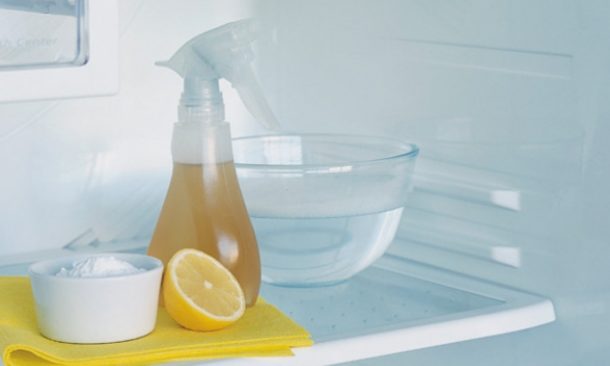
- Chlorine bleach. This tool can not be used to bleach the inner surface. Apply bleach to the outside and leave to work for 15-20 minutes;
- Stain remover for plastic. On sale there are special stain removers designed specifically for use on plastic surfaces.
If some spots do not respond the first time, you can apply several methods of bleaching alternately. If this also did not help, it means that irreversible processes occurred in the structure of the material and further exposure to the surface with aggressive substances can lead to its destruction.
How often to wash
General wash the refrigerator, which includes defrosting, should be carried out no more than 1 time per month. 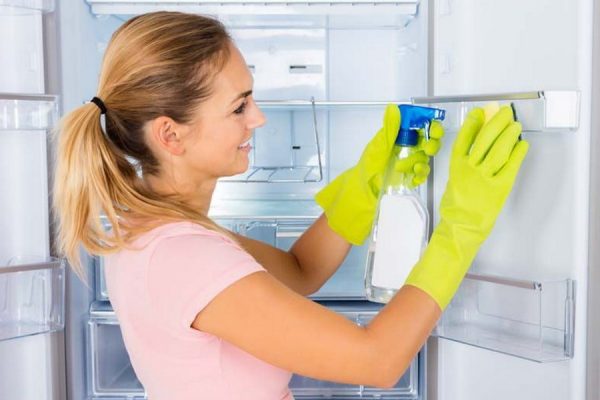 But it is better to carefully read the operating instructions at the expense of the recommended defrost frequency so as not to damage the device.
But it is better to carefully read the operating instructions at the expense of the recommended defrost frequency so as not to damage the device.
Rubouter surface recommended once a week with a damp sponge or soapy solution.
Rub inner chamber including a freezer, you need it as it gets dirty. But any spilled substance should be wiped off immediately. Then washing the refrigerator will not cause difficulties, and require the use of aggressive compounds.

